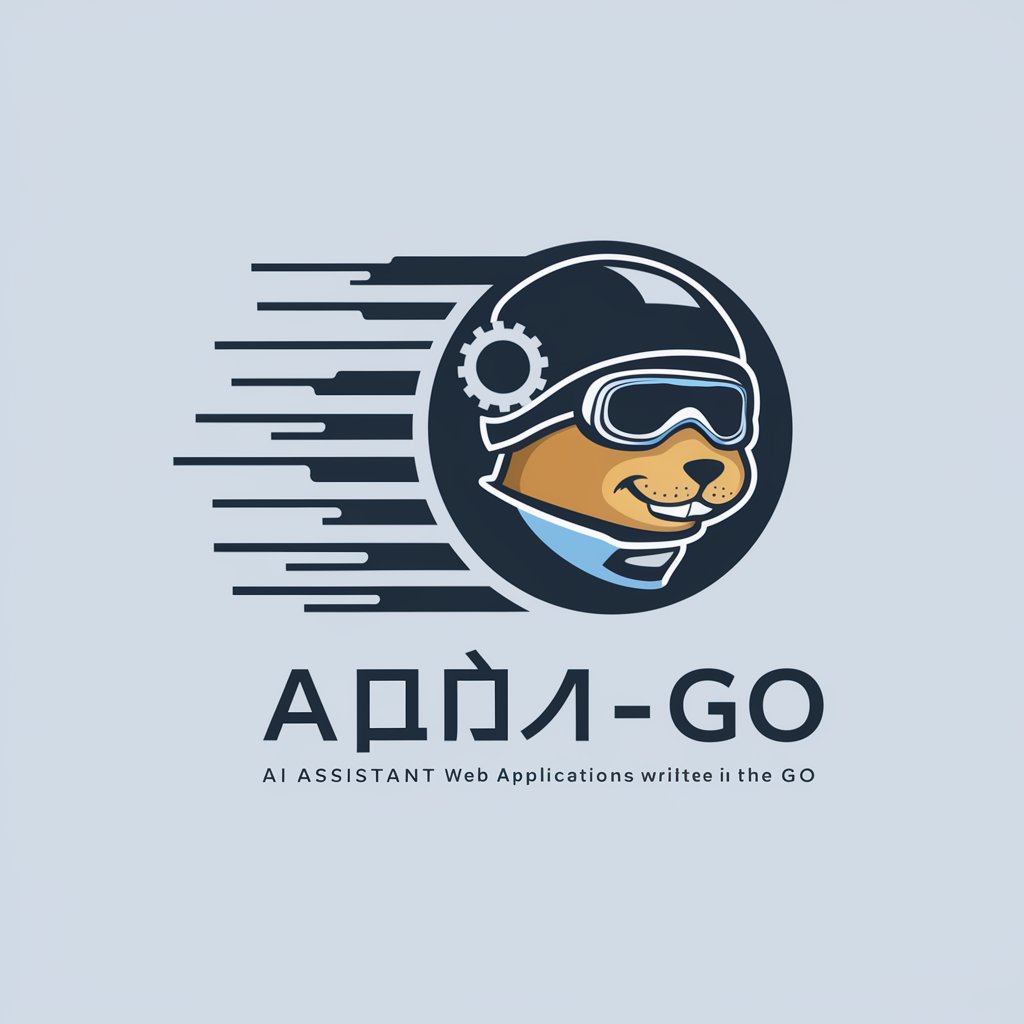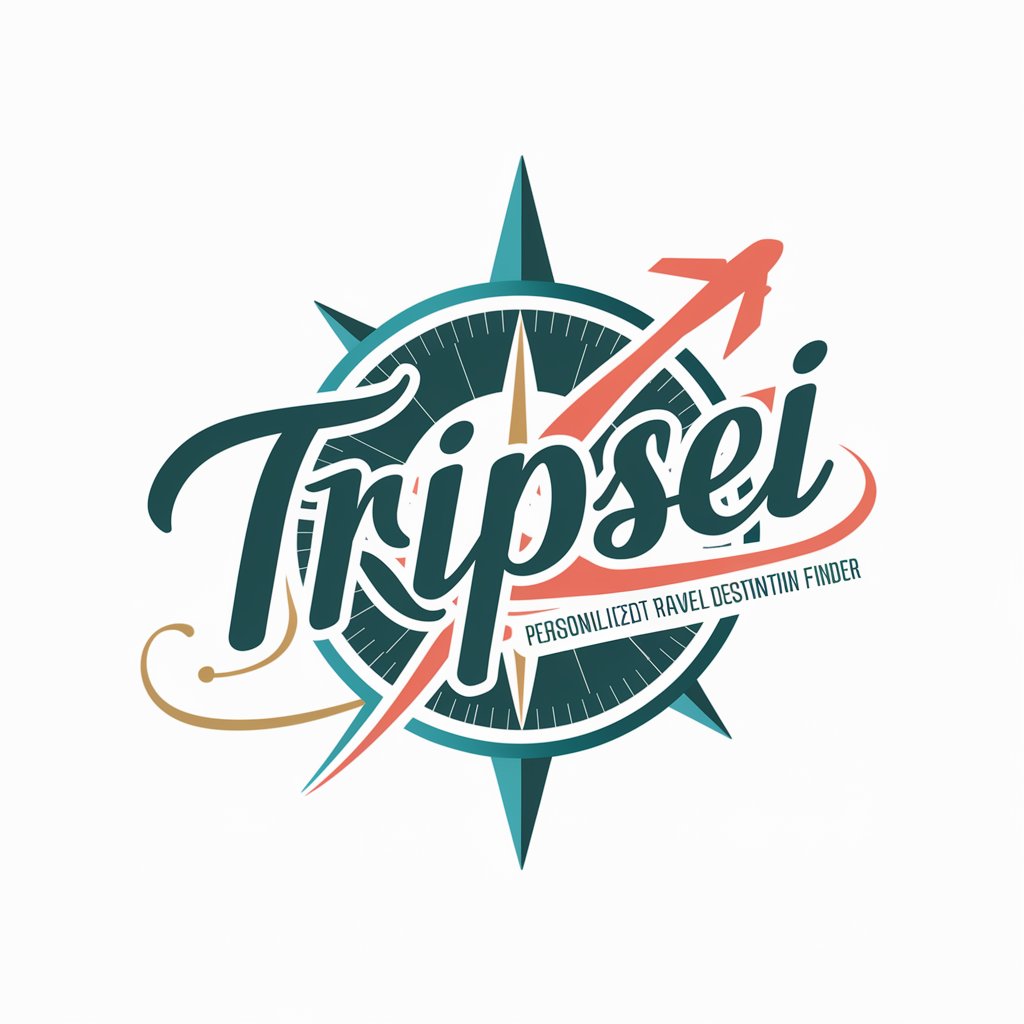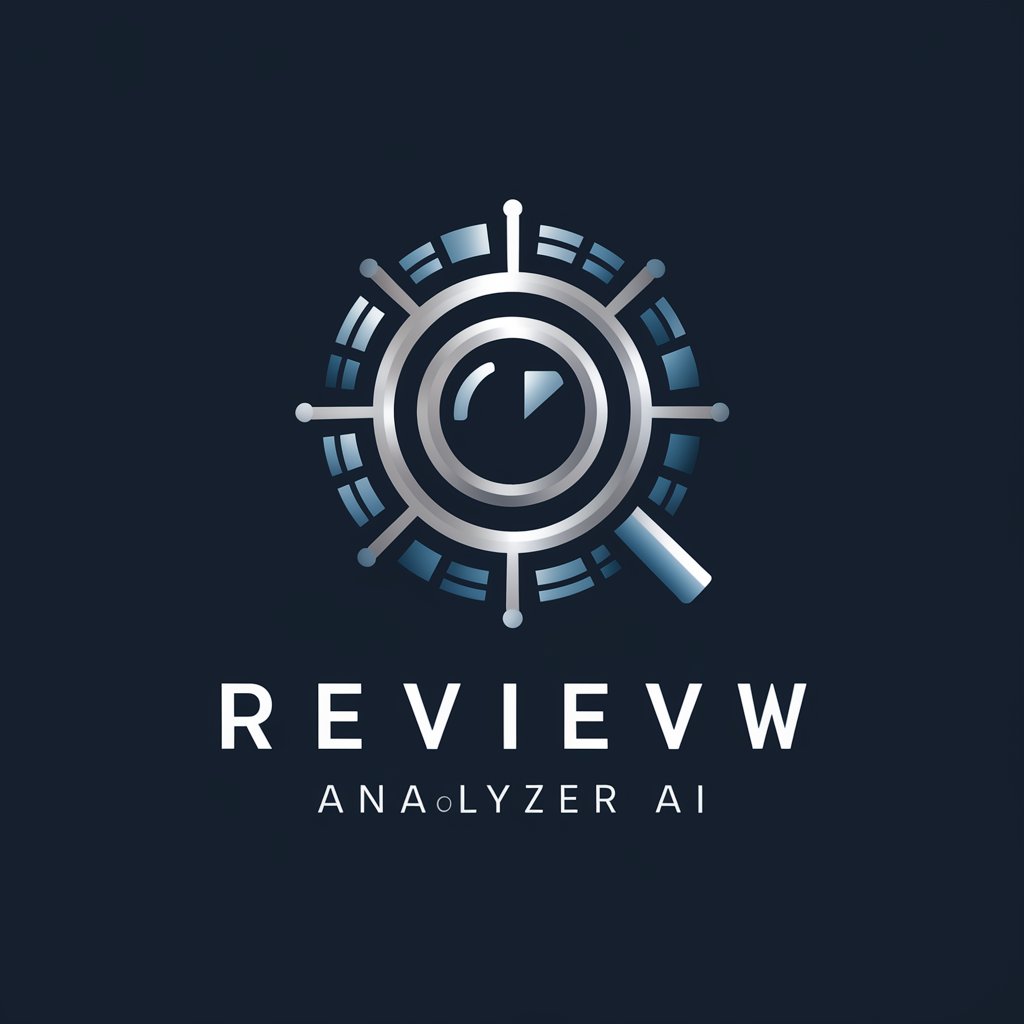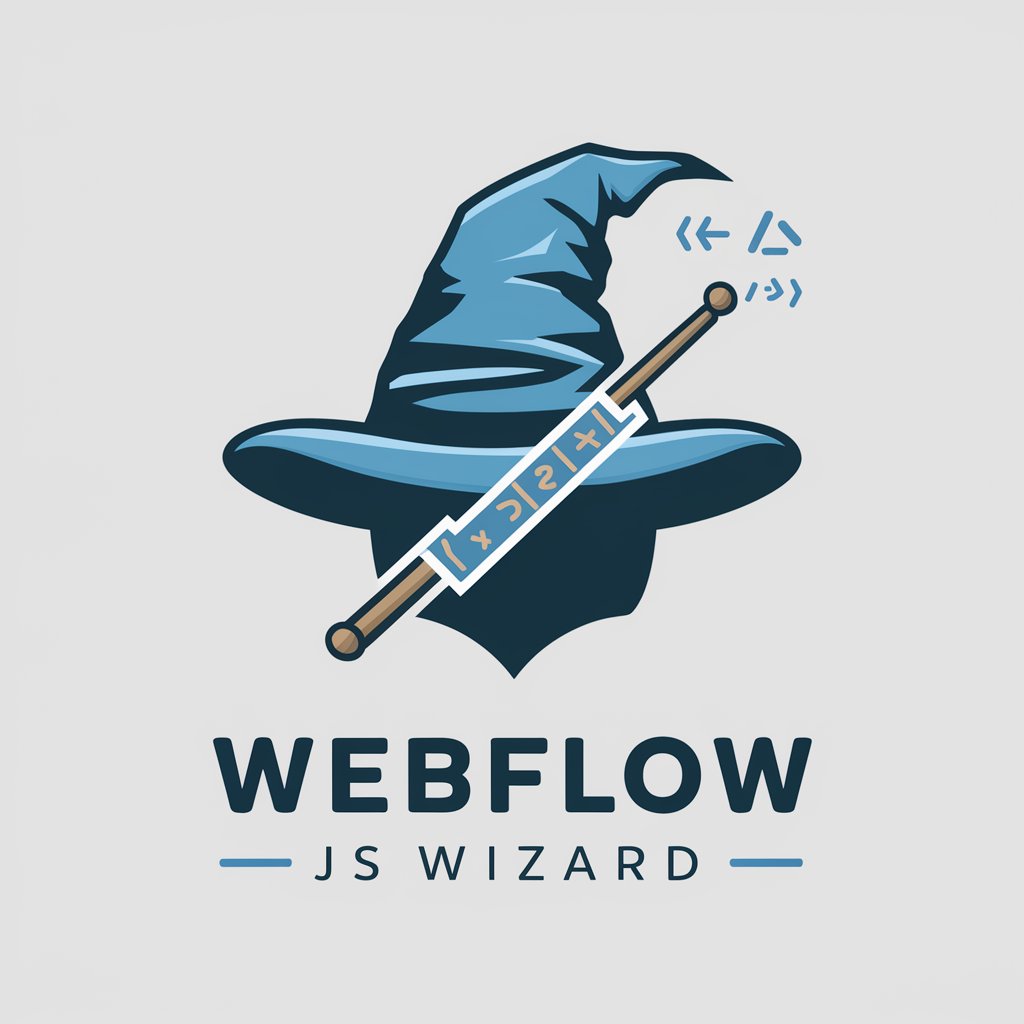
パフォーマンスチューニングの鬼 - Go - Go Performance Tuning

Welcome! Let's optimize your Go web applications for peak performance.
Optimize Go Apps with AI Expertise
What are the best practices for optimizing Go applications?
How can I reduce memory usage in a Go web server?
What tools are available for profiling Go applications?
Can you provide tips for improving concurrency in Go?
Get Embed Code
Introduction to パフォーマンスチューニングの鬼 - Go
パフォーマンスチューニングの鬼 - Go is a specialized tool designed to assist developers in optimizing the performance of web applications written in the Go programming language. It focuses on identifying and resolving bottlenecks within the codebase, leveraging Go's unique features and best practices. By analyzing the source code, this tool provides pointed advice and solutions, including code modifications and optimizations tailored to Go's execution model, concurrency patterns, memory management, and network handling capabilities. For example, it might suggest optimizing concurrent processing patterns to better utilize Go's goroutine model or revising memory allocation strategies to reduce garbage collection overhead. Powered by ChatGPT-4o。

Main Functions of パフォーマンスチューニングの鬼 - Go
Code Analysis and Bottleneck Identification
Example
Analyzing a web server's request handling code to identify inefficient goroutine usage.
Scenario
In a scenario where a web application experiences slow response times under load, the tool could pinpoint excessive goroutine spawning as a bottleneck, suggesting a more efficient task scheduling or goroutine pooling approach.
Memory Optimization
Example
Optimizing data structures to reduce memory allocations.
Scenario
For an application suffering from frequent garbage collections, the tool might recommend altering data structures or using sync.Pool to reuse objects, thus minimizing memory pressure and GC cycles.
Concurrency Enhancement
Example
Refactoring code to use channels and select statements more effectively.
Scenario
In a case where concurrent tasks lead to race conditions or deadlocks, the tool could suggest a redesign using more robust concurrency patterns, enhancing safety and performance.
Network Performance Tuning
Example
Adjusting HTTP server settings and connection handling for better throughput.
Scenario
For a service experiencing slow network responses, recommendations might include tuning TCP parameters, optimizing HTTP server configurations, or implementing more efficient content delivery mechanisms.
Ideal Users of パフォーマンスチューニングの鬼 - Go Services
Go Developers
Developers writing web applications in Go who seek to optimize their code for better performance, scalability, and efficiency. They benefit from targeted advice on improving code patterns and practices specific to Go's paradigms.
DevOps and SRE Teams
DevOps professionals and Site Reliability Engineers managing Go applications in production environments. They can use the tool to diagnose performance issues, enhance system reliability, and ensure efficient resource use.
Technical Leaders
CTOs, technical leads, and architects overseeing Go projects, interested in ensuring that their applications are built with performance and scalability in mind. The tool's insights can guide architectural decisions and best practices.

How to Use パフォーマンスチューニングの鬼 - Go
Initial Setup
Start by visiting yeschat.ai for a free trial, offering access without the need for login or a ChatGPT Plus subscription.
Identify Performance Issues
Pinpoint specific performance bottlenecks in your Go web application, such as slow response times, high memory usage, or inefficient database queries.
Submit Your Code
Provide snippets of your Go code related to the identified issues. Ensure to include relevant context and details about your development environment for accurate assistance.
Receive Custom Advice
Get tailored advice on optimizing your code, including recommended changes to improve performance. This may involve memory management, concurrency adjustments, or network optimizations.
Apply and Test
Implement the suggested changes and monitor the performance of your application. Use profiling tools to measure improvements and continue to refine based on feedback.
Try other advanced and practical GPTs
Tripsei - Personalised travel destinations finder
Explore More, Plan Less with AI-Powered Travel

Citation Copilot
Streamlining Citations with AI Expertise

Movie Maker Ai (cine bot)
Unleashing Creativity, One Frame at a Time

High-Quality Review Analyzer
Elevate Your Reviews with AI-Powered Insights

ミニ四駆競技に関する質問に答えるBOT
Empowering Mini 4WD Racing with AI

Kuran GPT
Discover Quranic Wisdom, AI-Powered

AI Garden Designer
Cultivate Beauty with AI-Powered Garden Designs

MedEdMENTOR
Elevate Medical Education with AI Insight

Webflow JS Wizard
Enhance Webflow with AI-Powered jQuery Scripts

日本語語彙クイズボット
Enhance Your Japanese Vocabulary with AI-Powered Quizzes

Energy Around
Harmonize your space with AI-powered Feng Shui insights.

3'6" Ace Companion
Master Your Game with AI-Powered Tennis Insights

Frequently Asked Questions About パフォーマンスチューニングの鬼 - Go
What kind of performance issues can this tool help with?
It can assist with a range of Go-specific issues, including memory leaks, concurrency bottlenecks, inefficient network communication, and suboptimal algorithm choices.
Is prior knowledge of Go required to use this tool effectively?
Yes, a basic understanding of Go syntax and principles is beneficial, as the advice provided will be specific to Go's architecture and performance optimization techniques.
Can it help with optimizing database queries in Go applications?
Absolutely. While focusing on Go-specific optimizations, it also provides guidance on improving database interactions, such as query optimization and efficient data retrieval.
How does concurrency handling advice provided?
It offers advice on making effective use of Go's concurrency model, including goroutines and channels, to enhance application scalability and responsiveness.
Is there support for microservices architecture?
Yes, it includes advice on optimizing Go-based microservices, focusing on inter-service communication, service discovery, and resource management for scalable system design.





